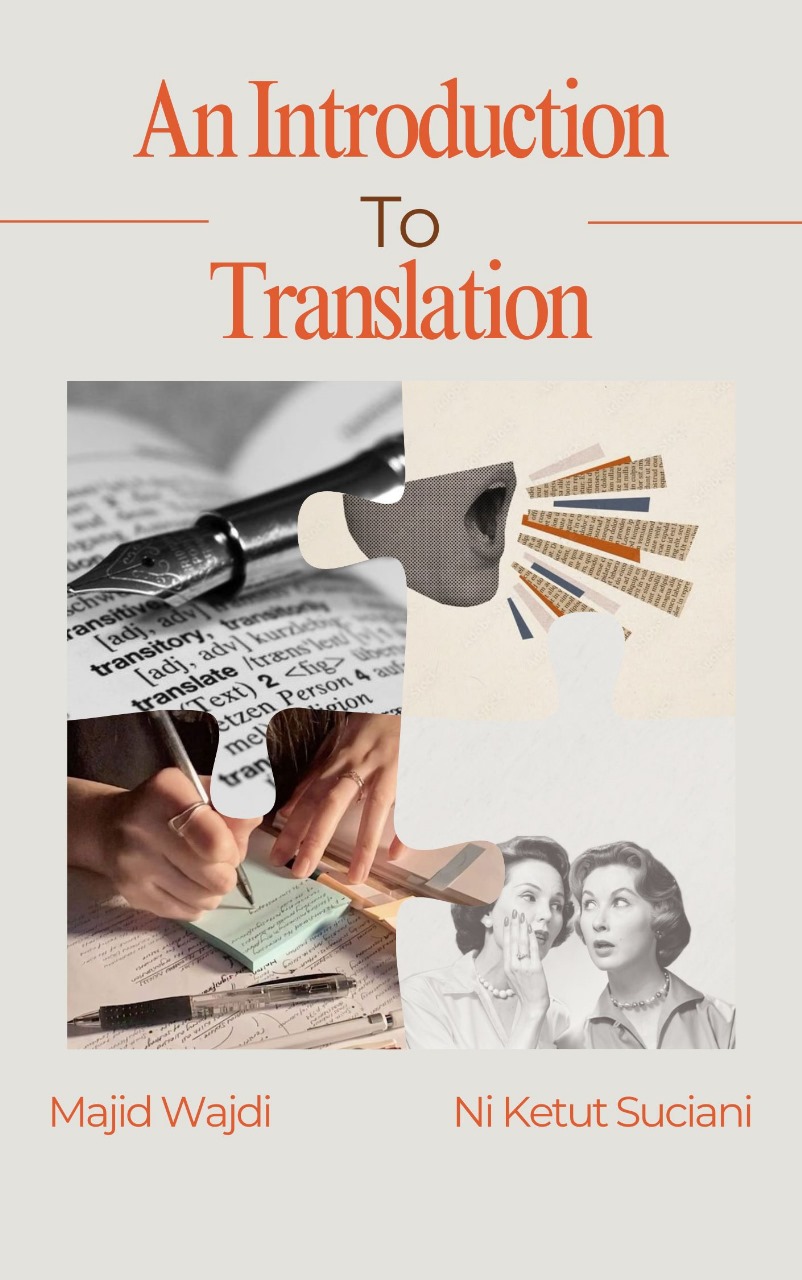Chapter 12 Beyond Equivalence: Ethics and Morality
Keywords:
Ethics in Translation, Moral Responsibility, Cultural Sensitivity, Translator’s Role, Ethical Decision-MakingAbstract
This chapter explores the ethical and moral considerations in translation, going beyond the concept of equivalence to address the translator’s responsibilities in conveying meaning accurately and ethically. The objective of learning this topic is to understand the impact of translation on intercultural communication, social representation, and the potential for bias or manipulation. The method of learning involves theoretical study and case study analysis, where learners examine real-world examples of ethical dilemmas in translation, including censorship, cultural sensitivity, and ideological influences. The analysis highlights challenges such as maintaining neutrality, dealing with politically or culturally sensitive content, and ensuring fidelity to the source text while respecting the target audience’s values. The discussion also explores ethical frameworks and professional guidelines that guide responsible translation practices. The conclusion emphasizes that ethical translation requires critical awareness, professional integrity, and a commitment to fairness and accuracy in cross-cultural communication.
Downloads
Downloads
Published
Issue
Section
License
Copyright (c) 2025 Majid Wajdi (Author)

This work is licensed under a Creative Commons Attribution-NonCommercial-ShareAlike 4.0 International License.
License Terms
1. Open Access Policy
This journal provides immediate open access to its content, supporting the principle that making research freely available to the public fosters greater global knowledge exchange.
2. License Type
All articles published in this journal are distributed under the Creative Commons Attribution License (CC BY 4.0). This license allows others to:
- Share: Copy and redistribute the material in any medium or format.
- Adapt: Remix, transform, and build upon the material for any purpose, even commercially.
Under the following terms:
- Attribution: You must give appropriate credit, provide a link to the license, and indicate if changes were made. You may do so in any reasonable manner, but not in any way that suggests the licensor endorses you or your use.
3. Author Rights
Authors retain the following rights:
- The right to use the substance of the article in future publications of their own, provided that proper acknowledgment is given to the original publication in this journal.
- The right to reproduce the article for their own purposes, including for educational use.
4. Copyright
Authors who publish in this journal agree to the following terms:
- The copyright for articles remains with the authors.
- Authors grant the journal a non-exclusive license to distribute their work and ensure its indexing and visibility through various repositories.
5. Responsibility
The journal holds no responsibility for content accuracy, completeness, or reliability. Responsibility lies solely with the authors of the published work.
6. Revisions and Updates
These license terms may be revised or updated. Any changes will apply to future articles submitted after the date of the update.



